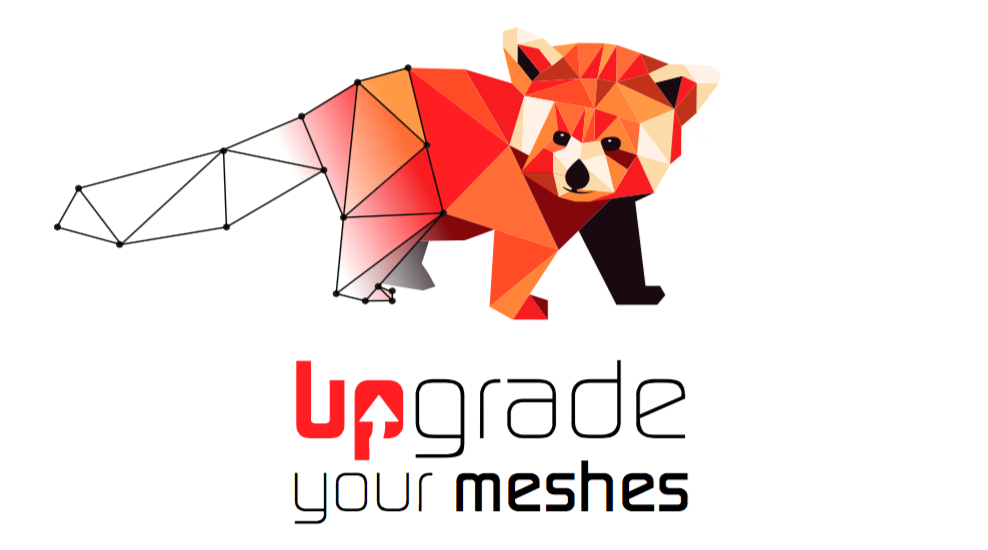Hi @prudhomm ,
The proposed solution is to use the multi-material mode of Mmg: it allows to choose the mapping between each input reference and the references that will be used for interior and exterior domains created by the level-set splitting (Implicit domain meshing – Mmg Platform).
For now (release 5.6.0), the mapping has to be bijective. I am investigating if we can authorize non-bijective mappings and just warn the user that he/she may encounter unexpected behaviours in this case (non bijective maps are hard to handle due to the possible erasing of material data and the handling of vanishing interfaces between future materials).
In any case, I guess that you will have to add a second mapping from the temporary interiors and exteriors refs onto your input references as post-treatment step.
If I choose to authorize non-bijective maps, it will be possible to map your input materials onto the same references for interior/exterior domain but in this case you will have to use the opnbdy mode to avoid the deletion of the level-set surface by Mmg.
Though, I think that an a posteriori mapping is a better solution as handling of opnbdy mode by Mmg is expensive (and non bijective mapping will be subjects to less robust behaviours).
I hope that it will help.
Best Regards,
